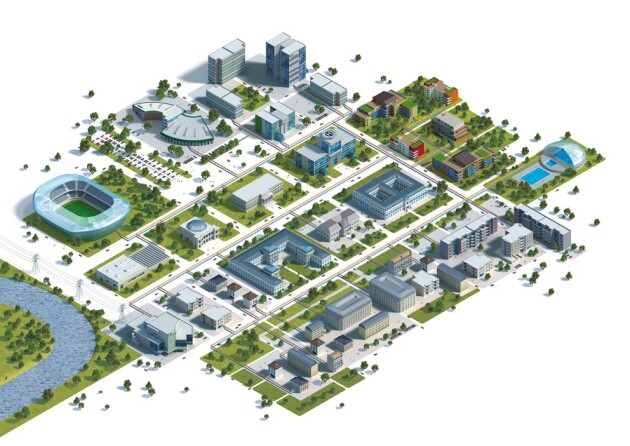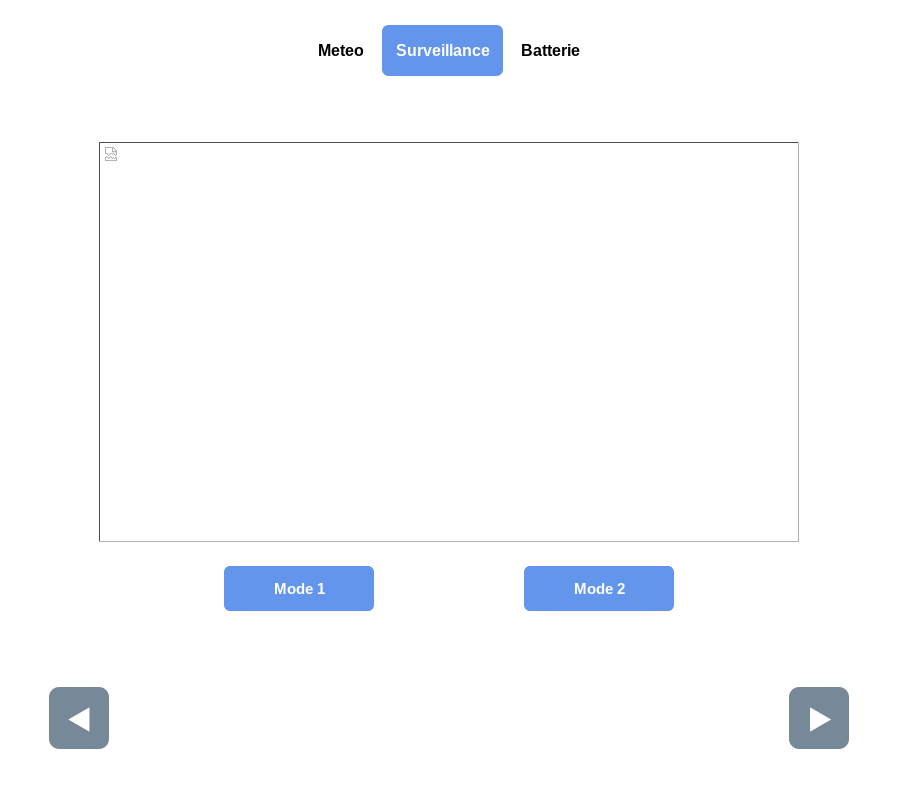/ Network installation
CESI | Cisco Packet Tracer, Wireshark
For this project, we had to set up the networks for several inter-connected company headquarters. As installing all this equippement would be far to expensive, we simulated everything in Cisco Packet Tracer. We started by wiring up all the equipment, such as the computers, switches, servers and routers. Then we configured the router, and set up a VLAN for each of the company's services (IT, HR, Finance, etc.). We also made sure they had functioning FTP, DHCP and DNS servers. For laptops and mobile devices we also installed access points allowing users to connect wirelessly.








